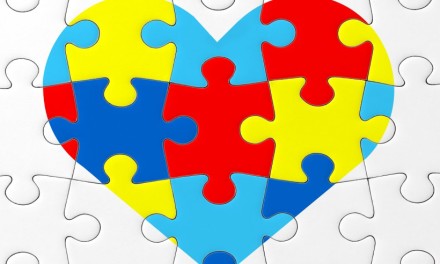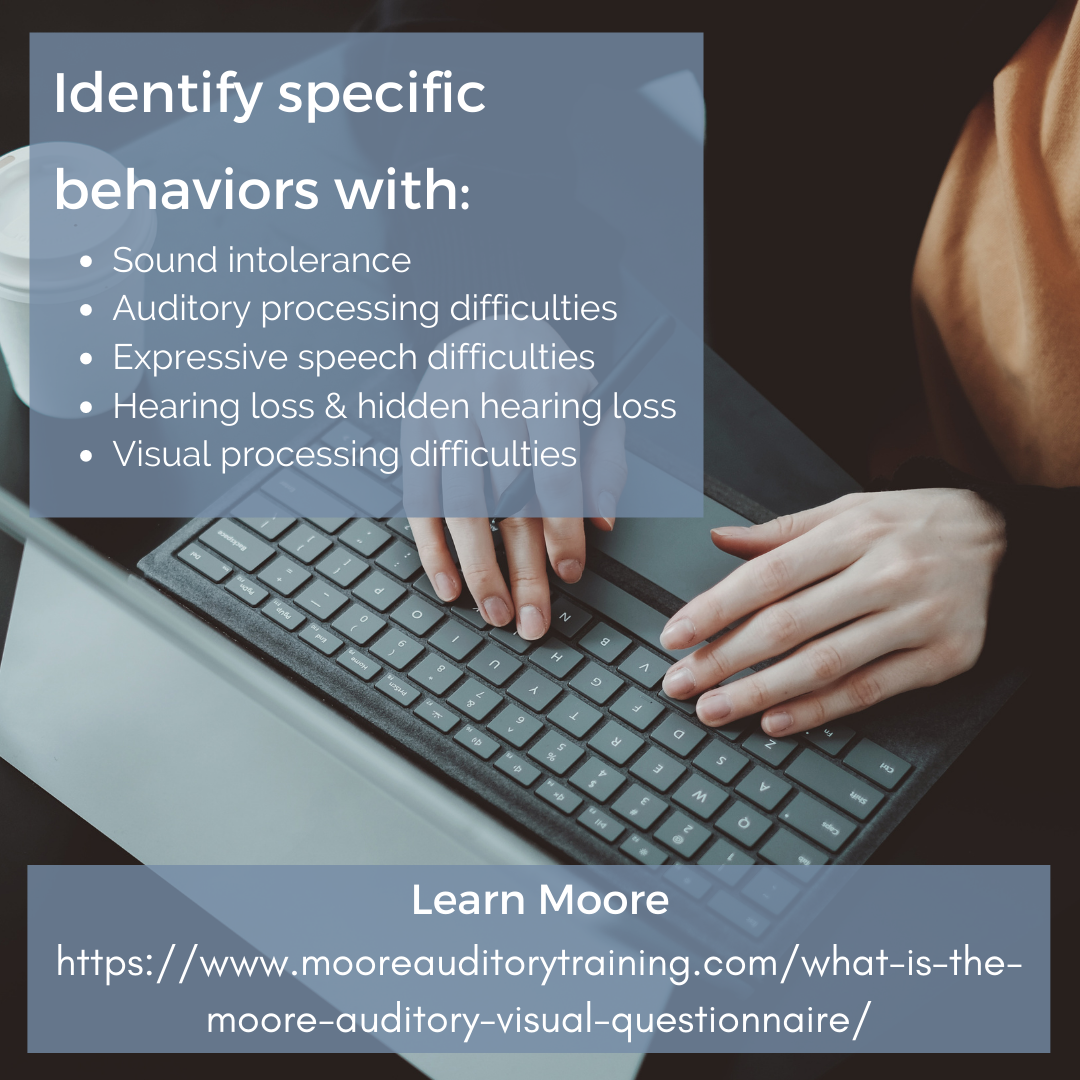Most of us have experienced the physical and/or emotional pain of bullying in our lifetime, the negative effects of which sadly can last a lifetime. Even as adults, we aren’t free from bullying either. There’s potential harassment on the job, prejudice, favoritism, slander, intimidation, or shunning. But, because we have adequate language and social skills, we usually can identify when we are being victimized, take action to deal with our feelings, and hopefully stand up to confront the instigator.
Now think about your child with autism. At the heart of his challenges are exactly what makes ideal prey for bullies: lack of language and social integration issues. A 2012 study in the Archives of Pediatric and Adolescent Medicine found that about 46% of children with autism in middle and high school reported instances of having been bullied. It’s 10% for kids without—that’s a big difference! This call for action is an opportunity for you as the parent along with your child to strengthen the campaign against bullying during October’s National Bullying Prevention Month with the empowerment that will last a lifetime.
Children with autism usually automatically think that everyone, especially their classmates, has good intentions and are their friends. Unfortunately, their social communication challenges inhibit them from detecting most forms of bullying, making them highly vulnerable to it. In contrast, bullies are masters of manipulating communication and socialization, thereby transforming a seemingly innocent interaction into humiliation.
To the child with autism, the bully’s physical behaviors can appear accidental like repeatedly bumping into the child or spilling a drink on the child’s shirt. Social defamation can happen when the bully convinces the victim to “share” ALL of his food at lunch or to trust what the bully says like, “The teacher told me to let you know that you don’t have to do your homework tonight.” Threats can be disguised through insincere languages such as sarcasm and purposefully unclear double meanings. Nonverbal communication like body language and facial expressions can seem friendly to a child with autism when they really aren’t, such as sinister laughter.
Even if your child has difficulty to totally identify when she’s being bullied, she might get the sense that something isn’t right. She might feel unsettled, confused, or uncomfortable, but she may not be sure how – or even if – she should approach you. She may mistakenly think her negative feelings are her own fault, or she may not want to upset or disappoint you. If you as the parent are unaware, the bullying will continue without intervention.
IS YOUR CHILD BEING BULLIED? CHECK-IN, CHECK-UP:
Signs: Some children with autism may not be able to begin communication with you. But there may be signs for you to watch for:
Physical signs like bruises, cuts, bedwetting, self-stimulatory behaviors, self-injury, or refusal to go to school.
Concerned teacher reports like distractibility, lack of effort in schoolwork, not participating in activities with classmates, incidents of inappropriate behavior – especially those that seem like imitations of more dominant students or bullies.
Emotional changes like depression, anger, or nervousness.
Conversation: Since some children with autism may not show observable signs, start conversations to get closer to your child in general while familiarizing yourself with who your child’s friends are – and those who are not – and what your child’s daily school experience is like. You can use specific words that your child can truly understand:
“Who are your friends in class / during lunch / during recess / during gym class?”
“Why do you like Jen? What nice and good things does Jen say to you and do with you?”
“At school, is there anyone you don’t like/don’t get along with / isn’t your friend?”
“Why don’t you like Dylan? What isn’t nice and isn’t good about how Dylan looks at you / talks to you / does to you?”
“Tell me about what you and Zoe played today after school / I’d like to hear all about your playdate with Zoe / how you felt while you were with her / what she said to you.”
“Your teacher wrote me a note about how you and Peter were yelling at each other in math class. I’d like to know what happened and how you were feeling.”
Conversations like this help identify others’ genuine intentions versus indecent intentions. Children with autism might not always be able to distinguish their true friends from ‘so-called friends’ who are in reality, bullies. Because kids with autism have excellent memories, they can recite word-for-word what was said so you have a playback of what happened for you to address it head-on.
PREPARE AND EQUIP YOUR CHILD TO DETECT BULLYING:
Identify Name-Calling: Most children with autism can’t distinguish whether words are good-natured joking or bullying. Your child might think that name-calling is actually the same as nicknames. Just as you prohibit swear words, alert your child to a list of key ‘red words’ like “stupid, ugly, fat, smelly, dumb” when a classmate addresses him. Also contrast ‘kind / nice / happy / good’ nicknames to those that are ‘mean / not nice / not happy / bad’ ones. For example, “Buddy; Dear; Sugar; Dude; etc.” vs “Weirdo; Loser; Geek; Fatso; etc.”
Identify Harmful Expressions: Innocent figures-of-speech like, “Get out of town!” are usually taken literally by people with autism, so your daughter may mistakenly think this person isn’t a friend because he’s suggesting that she leave. On the other hand, the child’s concrete or literal thinking can actually cause her to miss the insincerity in other cases when bullying is occurring. For example, when called a “Loser,” the child might be confused and say, “How can I be a loser? I’m not playing a game.” Or a rude expression like “Drop dead!” probably won’t make any sense to your child. You can help your child to better interpret such expressions by explaining that the bullies usually shout these types of words, combined with the fact that words like ‘loser’ and ‘dead’ are negative. Through watching TV shows and movies together, practice distinguishing both harmless and harmful expressions, discussing not only the specific words but also the tone of voice.
Identify Bullying Body Language: Teach your child to closely observe how people communicate using their eyes, mouth, arms, and fingers. While you are both looking in a mirror, have your child imitate your modeling of a potential bully’s gestures, like smirking or snickering. Describe the tiny movements of a smirk: “Look at the way I’m not smiling all the way. I’m trying not to laugh, so my lips are getting tight, my cheeks have a little air in them, my shoulders are moving up and down, etc.” Compare a smirk and similar insincere expressions to a smile and other genuine expressions. “You see, when I smile, it’s a big, full smile. Sometimes I show my teeth. There’s no air in my cheeks, and my shoulders aren’t moving.”
In the same way, discuss the sounds and look of joyful or playful laughter versus sinister laughter or snickering. Tell your child to look for people around him who are pointing at him, smirking, snickering, and/or laughing sinisterly. Explain that the bully and these bystanders are not his true friends. To help your child more fully comprehend body language, you both can role play during TV shows and videos, taking the time to rewind, replay in slow-motion, and pause scenes where non-verbal expressions are used a lot.
Interpret Actions: Some children with autism understand that outright hitting, punching, kicking, etc. is never OK. But, because they are rule-driven, they tend to do whatever anyone requests, especially if it is from a supposed friend. Tell your child that if it doesn’t feel right to do, or if it’s breaking a rule such as being told to make spitballs, don’t do it because this person is not your real friend.
Understand Motives: Kids with autism can’t always accurately interpret the reasons why bullies don’t want to be their friends. Being rule-oriented, your child can’t easily understand why bullies break many common, expected social rules such as decency, respect, and humaneness. Shake-up your child’s expectations by teaching him to anticipate unexpected possibilities through activities of chance. For example, present a paper bag of mostly blue marbles with some green marbles mixed in. Take turns pulling out a marble. Compare the bullying encounter to that of the marbles like, “That bully is like the green marble. Every once in a while we pull a green marble, and every once in a while we meet a bully. But there are more blue marbles in the bag just like there are more real friends who are not bullies.”Explain how some kids wrongly think that acting like a tough, mean, ‘bull’ is good. Extend this theme by reading these types of fables or stories, depending on age, such as ‘The Gingerbread Man’, ‘Little Red Riding Hood’, and ‘The Wolf in Sheep’s Clothing.’ Similar themes include safety skills for ‘stranger danger’ and sibling rivalry as in the book ‘Sam’s Snack’ by David Pelham.
Seek Support: Explain to your child that bullying is not her fault or responsibility to fix. Because the bully is like a ‘fake’ friend who wears a sort of mask or disguises to look like a real friend, he’s really just a ‘green marble.’ He doesn’t know how, nor does he want to learn right now, how to be your friend. Tell your child to move on and look to befriend the many ‘blue marbles.’
This article was featured in Issue 42 – Autism: Fighting the StigmasSeek Support: Explain to your child that bullying is not her fault or responsibility to fix. Because the bully is like a ‘fake’ friend who wears a sort of mask or disguises to look like a real friend, he’s really just a ‘green marble.’ He doesn’t know how, nor does he want to learn right now, how to be your friend. Tell your child to move on and look to befriend the many ‘blue marbles.’
Of course, neither you nor your child has to go through this alone. If your child is being bullied, partner with your child’s school staff, and as a team, discuss resolutions. By having discussions at home, you can give your child the power to stand up against bullying while at school, all while building closer bonds with your son or daughter.










